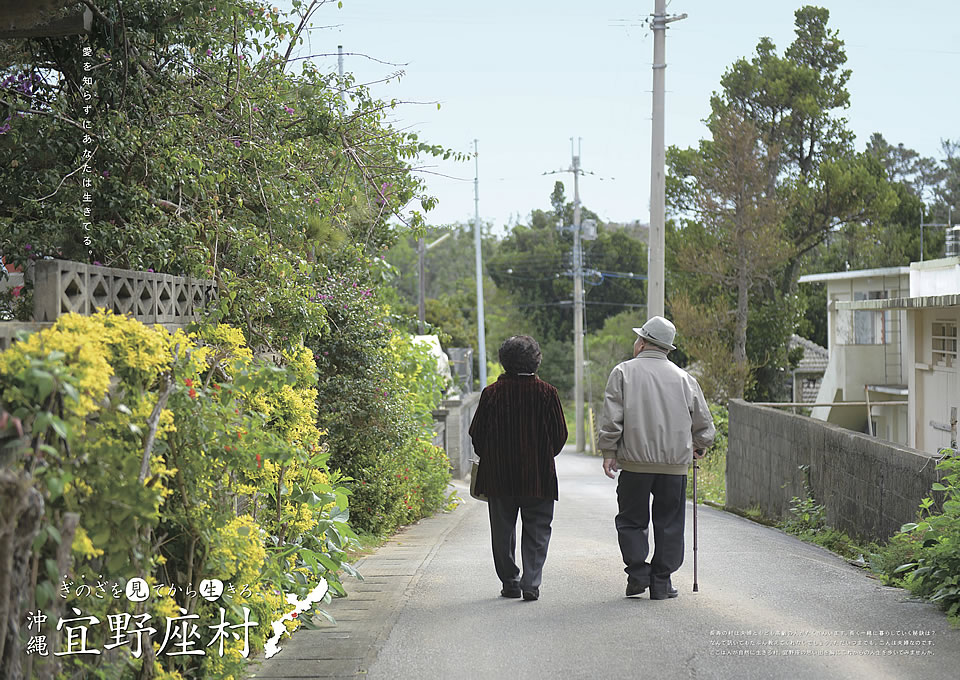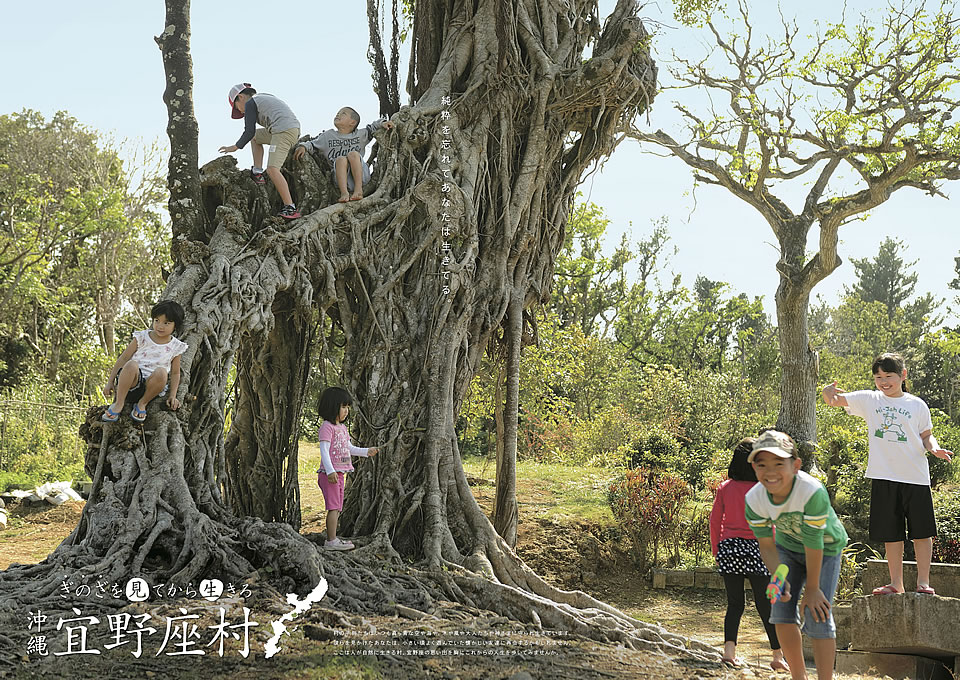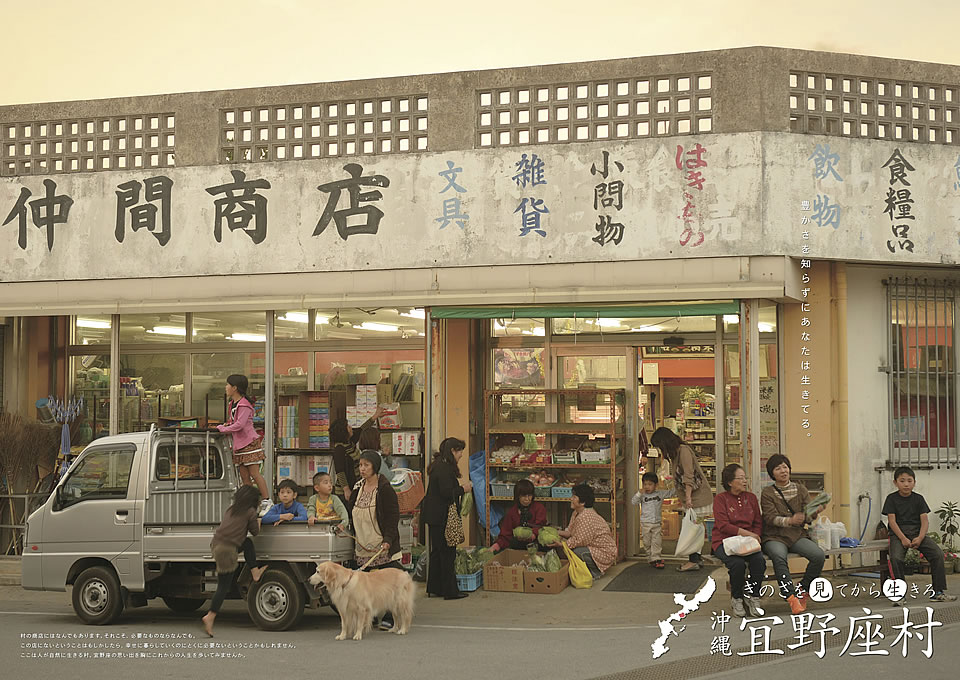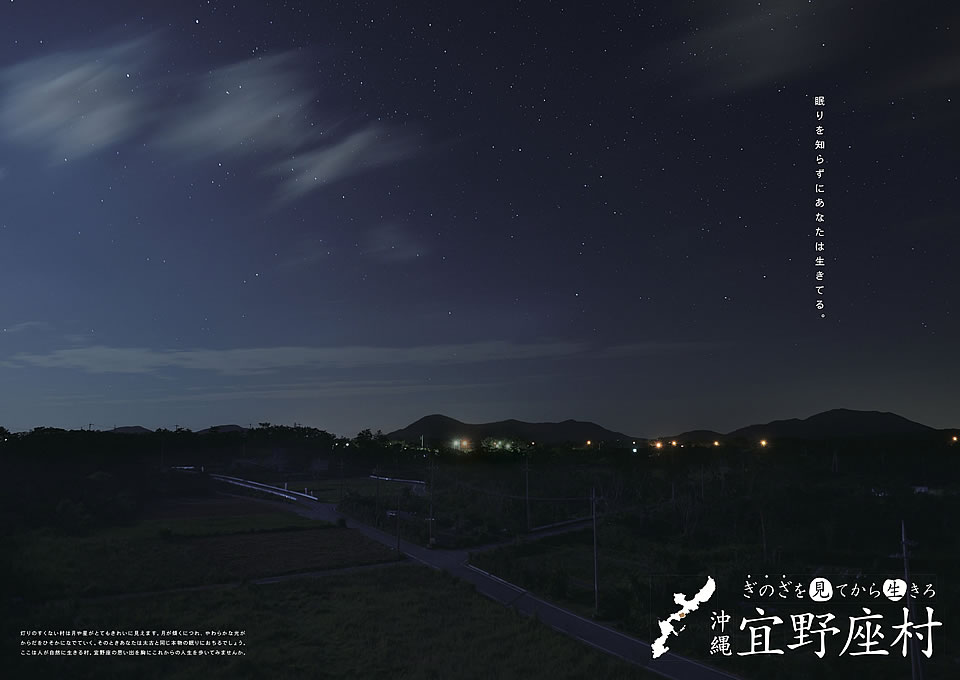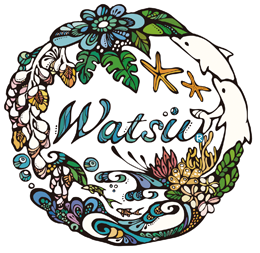Where am I heading?
Okinawa
is in a sub-tropical climate. In the summer (Jun to Sep), the highest is about 30C to 32C degrees (upper F80s), the lowest is about 25C to 26C degrees (upper F70s). In the winter (Dec to Mar), the highest is 19C to 21C (upper F60s), and the lowest is 14C to 16C (upper F50s). Mostly a T-shirt, shorts, beach sandals situation.
Beautiful coral reefs all around the island. Great beaches and snorkeling spots. Tourism is the major industry here. Okinawa has been its own kingdom for centuries. It was a trading country between Japan, China, and Southeast Asia. The culture is, very different from the rest of Japan, a very unique mixture of all those countries.
Okinawa is renowned for its traditional longevity. It is listed in Blue Zone, 5 places in the world with the highest concentration of centenarians. The warm climate, a traditional diet with local vegetables with many medical properties, slow lifestyle with strong community bonds, and many others are considered as the elements for such longevity.
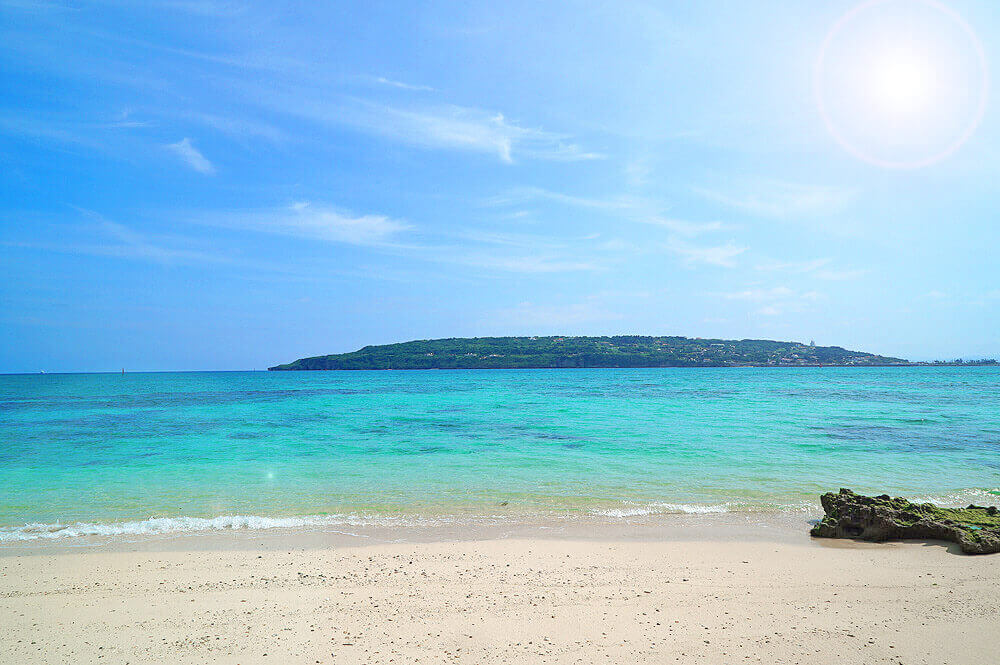
Ginoza
is right in the middle of the Okinawa main island. About 1-hour drive on the highway from Naha downtown and the airport. There’s a highway bus from the airport, thru the downtown bus terminal, to reach Ginoza within 1 hour 20 minutes.
Ginoza is a rural village, where agriculture and fishing is the main industry. There is a convenience store in 10-minute walk from the class (or from your lodge). There is a grocery store within a short drive, but not by walk. We provide you a car ride to the grocery store on Day 1 for your shopping. You can get breakfast, drinks, snacks, and other groceries for the week. You are encouraged to bring from home whatever you need to make your stay as comfortable as it can be. Don’t expect to get much from our local stores.
How do I get there?
Naha
Naha international airport (OKA) hosts domestic flights to Japan’s major international airports like Tokyo, Osaka, and Fukuoka, and some international flights from Asian countries. 3 hours from Narita (NRT), 2.5 hours from Osaka (KIX), 1.5 hours from Fukuoka (FUK).
Typically, the class starts at 14:00 on Day 1 (6-day class schedule). If you are arriving at Naha in the morning, you can just take a highway bus straight to Ginoza. Remember to have lunch before you get on the bus, like a restaurant at the airport. 12:20 bus from the domestic airport terminal will take you to Ginoza at 13:41.
If you fly in Okinawa the day before the class, stay a night in Naha.
Naha downtown is only 10 minutes away from the airport. It’s a short ride on a monorail from the airport. There are many restaurants and shops within walking distance. And you can take a bus the next day from Naha Bus Terminal. Take a 12:30 bus to Ginoza.
Sometimes the class starts at 9:00 (5-day class schedule). Fly into Okinawa the day before and stay a night in Naha. Take a 7:30 bus from Naha Bus Terminal and it will take you to Ginoza by 8:54.
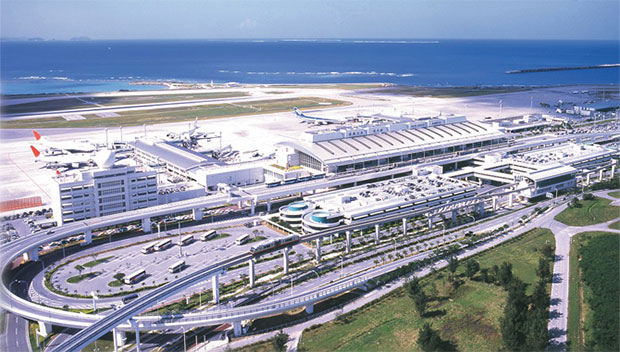
Highway Bus
Just outside the domestic terminal on the 1st floor, you will see #2 bus stop. The highway bus, Number “111”, will start here. No reservation is needed.
When you get on a bus, take a ticket from the vending machine which has a number on it. The number represents which bus stop you ride on. Then you pay cash when you get off. There’s a bus fee board above the driver’s seat which shows your fee by your number.
Bus fee as of April 2021
From airport to Ginoza, JPY1810.
From Naha bus terminal to Ginoza, JPY1720.
If you arrive at the international terminal, you should walk for 5 minutes over to the domestic terminal, and you will see many restaurants and shops. Don’t forget to stop by at the money exchange which is located in the international terminal, if you don’t have any Japanese Yen for your bus ride.
The highway bus gets out of the highway at every highway exit. After your bus leaves the previous stop, Kin, you should press the button near your seat to let the driver know you are getting off at the next stop Ginoza.
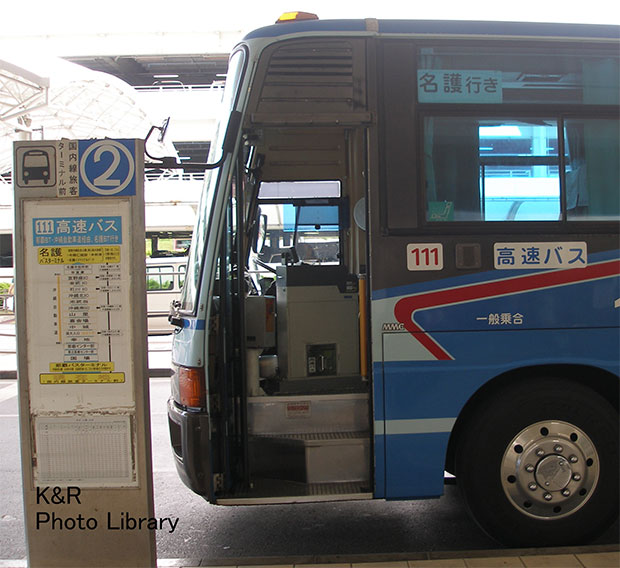
Let Toru Know
Toru will be there to pick you up at Ginoza IC.
Please send a message to let him know you are coming on time or if you have any troubles. He’ll be happy to help you.
Contact Toru Ogasawara:
WhatsApp: (JAPAN) +81 9098565386
Messenger: dolphinflow
Line: totos_jas
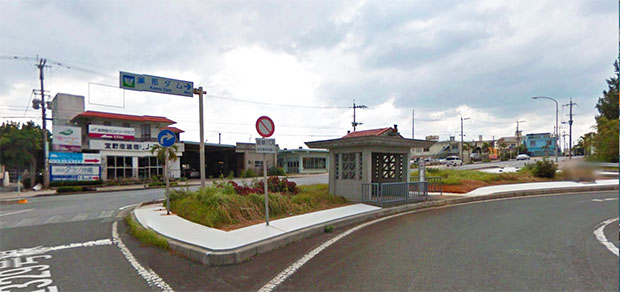
What should I bring?
Cloth
Light clothing is enough in Okinawa for most of the year. Maybe a sweater or 2 for the night in the winter. In January and February, the coldest months, it can be windy and chilly. Still, sweaters are usually good enough.
There is a washing machine at your lodge. Towels are provided at your lodge, also at the spa where we do the class. But it is highly recommended that you will bring a quick-dry swim towel as we will be getting in and out of the pool so many times in a day.
Cash
Most shops in Naha area accept credit cards. Taxi does, too. Ginoza grocery store and the convenience stores accept credit cards. You won’t need cash except for the bus fare. You just need a bit of Japanese Yen cash.
There’s a money exchange at Naha airport, on 2nd floor, international area.
There are ATMs in Naha Airport that accept foreign cards. 7-Bank ATMs. One on the 1st floor of the international terminal, and one on the 2nd floor of the domestic terminal. These ATMs allow you to withdraw cash by credit and debit cards issued outside of Japan, including Visa, Plus, Mastercard, Maestro, Cirrus, Union Pay, American Express and JCB cards. Other ATMs do not.
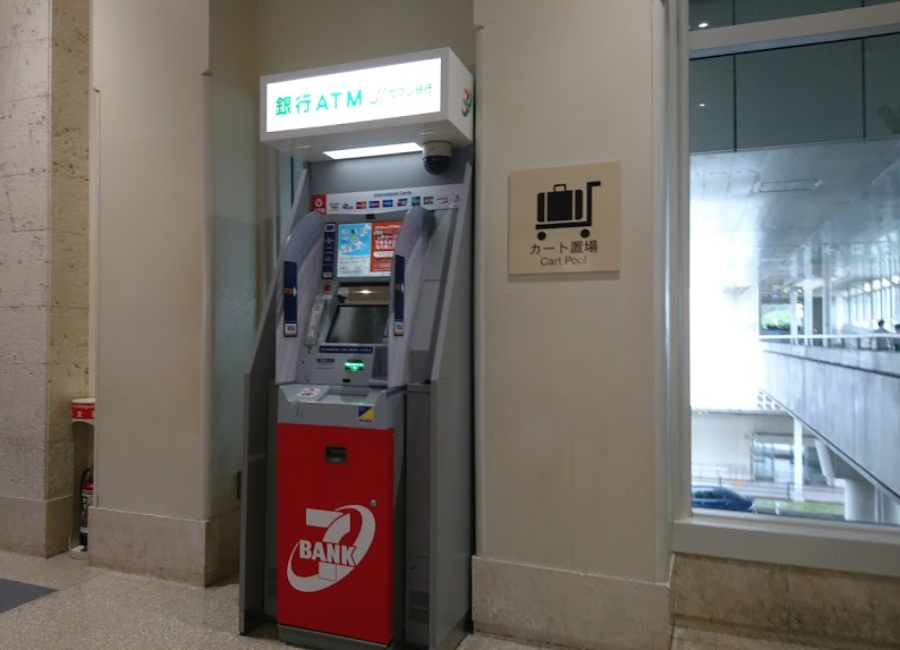
WiFi
There’s free wifi in some places where you will be traveling and staying, such as at Naha Airport, the spa facility, and some of the lodging. But the connection can be very thin and you shouldn’t count on it. You should prepare to use your global roaming service, or buy a pre-paid SIM or mobile wifi that works in Japan.
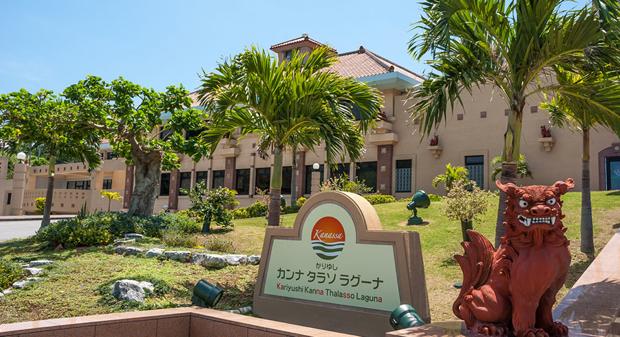
What's it like to be in the class?
Time Table
At the start of the class, we will check in for the orientation and go into the water class. At the end of Day 1, we will take you to the grocery store for your shopping for the week (drinks, breakfast and snacks).
Every morning at 9:00, we will meet for 90-min land class at the spa. Your lodge is either within walking distance from the spa or we provide daily transportation from/to the spa. The land class is followed by the water class for the rest of the morning. Lunch at 13:00. We take a long lunch break for you to refresh. Then we will meet in the water at 15:00. The water class will finish at 18:00. Dinner will be served at 20:00. Until then, you are free to practice in the pool, get professional sessions, watch the video, review the class, or just rest.
On the last day, hopefully, we will finish all the class materials by the day before, then in the morning we will review, answer your questions, and let you just practice and get ready for the celebration session in the afternoon. We will finish by 15:30 and drive you to Ginoza IC bus stop to catch the 16:21 bus bound to Naha.
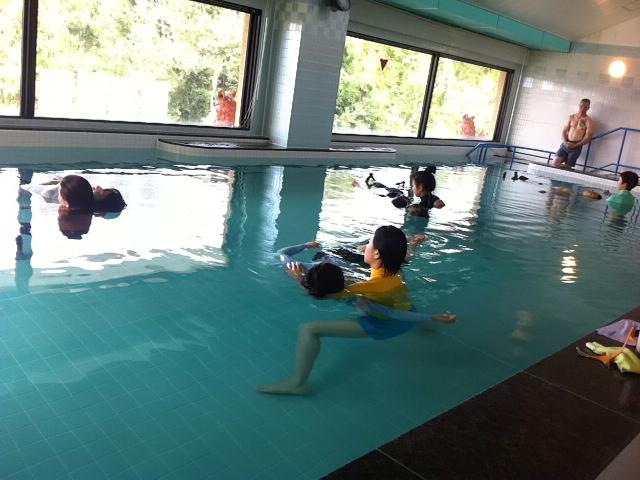
Lodging
There are several lodging options in the village. Ginoza is not a tourist place, just a little rural fishing and farming village, and all the lodgings are very basic. There are several types, futons on tatami or beds, with a kitchen and without a kitchen, and so on. but for international travelers, we typically arrange a twin bed room with no kitchen.
If you have to stay extra nights before or after the class, please find your hotel in Naha. It will be much easier in Naha for you to get around with public transportation and walking for many shops and restaurants.
Food
Lunch and dinner will be provided in boxes or in catering style from local restaurants. We try to choose handmade, local, simple but good foods, but we have to admit that the resource is very limited in this rural area.
The vegetarian diet is actually very difficult to do in Japan unless you cook for yourself. We can’t offer vegetarian meals, though we always try to offer vegetable-rich meals. If you have a food allergy, please let us know. Individual preferences are very difficult to meet, but you can tell us beforehand and we will see if it’s possible.
How can I prepare for the class?
Download Video
During Watsu 1 or Watsu 2 class, you will be watching the demonstration video over and over, trying to memorize the sequence. The demonstration videos by Toru are available up on YouTube.
You should prepare your mobile or WiFi connection. It is very advisable to download the video from YouTube to your smartphone beforehand by solid wifi connection in the city.
Don't be shy.
It’s very important for us that you feel safe and comfortable at all times and stay focused on your learning. That’s difficult sometimes in a foreign country with a culture that you are not familiar with. Let us know beforehand if you have questions and requests.

